Robot Vacuums for Small Spaces and Tight Layouts: Are They Worth It?
Dreame Editorial Team
|
Living in a small apartment or compact space comes with its own set of challenges, especially when it comes to cleaning. Storage is limited, time is short, and dragging out bulky tools for every mess just isn’t practical. That’s where robot vacuums come into play. But are they truly helpful, or just another gadget taking up space?
The good news is that a well-chosen robot vacuum doesn’t just fit into your space—it can completely transform your small space cleaning routine. With the right features, it becomes a quiet, low-maintenance assistant that keeps your home tidy without adding clutter or hassle.
Here’s how to choose a robot vacuum that works with your space, simplifies your routine, and helps you stay effortlessly clean even in the tightest layouts.
What Is Considered a Small Robot Vacuum?
When people think of a “small robot vacuum,” they often picture a physically tiny device. But size isn’t everything. What really matters is how well the vacuum navigates compact spaces and fits into your living environment.
Robot vacuums have come a long way from their bulky predecessors. Traditional upright and stick vacuums required manual effort and storage space, while early robot models were basic and often got stuck under furniture. Today’s designs are far more intelligent, with better sensors, slimmer profiles, and smarter software that can adapt to tight layouts with ease.
In smaller homes or apartments, the best vacuums aren’t necessarily mini—they’re efficient. Look for a model that:
Navigates precisely around tight furniture layouts
Uses advanced sensors to avoid getting stuck
Features a slim or low-profile charging dock for discreet storage
Cleans under beds, tables, and along baseboards without losing suction power
Pro-tip It’s not about how small the vacuum is. It’s about how smart and space-aware it is.
Are Robot Vacuums Actually Good for Small Apartments?
Absolutely. Here’s why robot vacuums thrive in small environments:
Optimized for corners and baseboards: Many models clean wall edges better than manual sweeping.
Takes up less room than upright vacuums: No bulky closet storage required.
Runs while you're out: Schedule cleanings via app.
Keeps up with daily shedding and crumbs: Especially helpful for pet owners.
Cleans under furniture: No need to move your couch every week.
Benefit: In compact homes, a robot vacuum replaces multiple tools like brooms, mops, handheld vacs, all with one intelligent device.
Discover how a compact, intelligent vacuum can make a big difference in tight spaces with this guide on the advantages of robot vacuums for small apartments.
Key Features to Look For in a Robot Vacuum for Small Spaces
If you live in a small apartment or a compact home, your robot vacuum needs to be smart, flexible, and efficient. Size alone doesn’t cut it. It’s all about how well the vacuum navigates, stores itself, and integrates into your lifestyle.
Smart Navigation
Small spaces mean more obstacles. Tight corners, chair legs, and clustered furniture can trip up a basic vacuum. Look for a model with:
LiDAR mapping
AI obstacle recognition
Real-time adaptability
These features help avoid bumps, missed spots, and frustrating rescues.
Compact Docking and Storage
In a smaller home, you don’t want your vacuum’s charging station taking up half the hallway. Slim, discrete docks are a must. Ideally, the docking station should:
Tuck under entryway tables or behind furniture
Fit into spaces less than 15 inches wide
Operate quietly so it doesn’t disrupt your routine
Want to learn more details? Check Where to Store Your VC in Your Apartment to find a pefect place for your robot vacuum.
App-Controlled Convenience
An app-controlled vacuum gives you flexibility without lifting a finger. The best apps let you:
Set custom cleaning zones, like just the kitchen or the space around a litter box
Schedule cleanings while you’re away or asleep
Adjust suction power based on the surface, from rugs to hardwood
This kind of control helps you maximize coverage without wasting battery or time.
Low Profile Design
Space-saving isn’t just about docking, it’s also about how well your vacuum can get under things. Low-profile models can slide under:
Beds and sofas
Radiators
Bookshelves
Cabinets with low clearance
They reach areas that collect the most dust, even in places you rarely notice.
Once you’ve narrowed down the features, look for models that check every box. The Dreame X40 Master and Dreame L50 Ultra offer sleek designs, advanced navigation, low-profile cleaning, and slim docking stations that won’t clutter your space. Engineered to glide around chair legs and under furniture with ease, they’re powerful solutions for tight layouts and modern small-space living.
Learn how self-cleaning features can reduce manual maintenance in this detailed look at whether self-emptying robot vacuums are worth it.
Where Should You Place the Dock in a Small Room?
Dock placement is crucial in tight homes. Here's where to position it:
Against the entryway wall (preferably next to a shoe rack)
Under a raised bedframe
Beside kitchen cabinets
At the foot of a bookshelf
Make sure it’s accessible with at least 18 inches of clearance in front. The Dreame docks self-empty and auto-dry, making life a whole lot simpler for you.
Our Robot Vacuum Picks for Small Spaces
Model
Navigation Features
Dock Size
Key Benefits
Best For
X40 Master
AI + LiDAR mapping, smart zones
Slim auto-empty
Deep clean, adapts in real-time
Pet owners, tight layouts
L50 Ultra
LiDAR + obstacle avoidance
Compact footprint
Quiet, efficient, app-controlled
Studio apartments
L20 Ultra
AI navigation, Pet mode
Large dock
High suction, mop washing
Busy households
L10s Ultra
Smart cleaning with 3D sensors
Standard dock
Reliable and budget-friendly
Entry-level small homes
🛒 See the full Dreame Robot Vacuum Collection for current discounts (up to 40%).
To see how newer models are pushing boundaries in navigation and cleaning precision, take a look at the latest features of the Dreame L40 Series Robot Vacuum.
Small Space, Big Results: Real Use Cases
Many Dreame users in urban areas, especially in studio apartments and tiny homes, report significant time savings after switching to a robot vacuum. From picking up cat litter granules to avoiding sitting pets, these vacuums fill a unique cleaning gap.
“When a nearby obstacle is detected, it slows down and redirects. It even avoids Emmy when she doesn’t want to move out of its way. 🐕.” – Valerie, Dreame customer
In addition, robot vacuums may promote health benefits for certain individuals as well. In fact, a clinical study found that people with dust allergies slept better, had fewer nasal and eye symptoms, and felt healthier overall when switching to a more efficient vacuuming system.
While the study focused on central vacuums, today’s high-performance robot vacuums, with sealed filtration and hands-free cleaning, offer many of the same benefits in a compact, low-maintenance form that fits small-space living.
Common Mistakes to Avoid When Using a Robot Vacuum in a Small Home
Even with the smartest tech, a few missteps can reduce performance. Avoid these:
Blocking the dock: Always leave space for the vacuum to return home.
Clutter overload: Too many wires or toys can confuse sensors.
No schedule: Letting debris build up between cleans makes it harder on the vacuum.
Skipping updates: App updates often improve performance and obstacle avoidance.
Pro-tip Spend 5 minutes “robot-proofing” your space once a week by clearing cords, lifting loose rugs, and moving small obstacles. This helps your robot vacuum navigate more efficiently and reduces the risk of missing spots.
FAQ: Robot Vacuums in Small Homes
Can robot vacuums go up small steps?
Most can handle low thresholds (under 0.8 inches), but not stairs. But Dreame robot vacuums, specifically the X50 Ultra, can navigate over small steps and thresholds using their ProLeap System. This system utilizes a motorized arm that can lift the vacuum over obstacles up to 6cm (about 2.4 inches) high.
Are robot vacuums too noisy for small rooms?
Dreame models average under 65 dB, which is quieter than many dishwashers.
Do robot vacuums fit in galley kitchens?
Yes, especially if you choose compact models with smart navigation.
Will the vacuum bump into everything?
Only if it lacks AI and sensors. Dreame vacuums detect and avoid clutter using AI and 3D detection.
Final Thought
In small homes, every inch matters. Choosing the right robot vacuum is about more than just dimensions, it’s about smart design, real-time adaptability, and how well it fits into your daily life.
Models like the X40 Master and L50 Ultra offer the perfect blend of performance and efficiency, all while saving time and effort.
The result? Clean floors. Clear space. Smarter living.
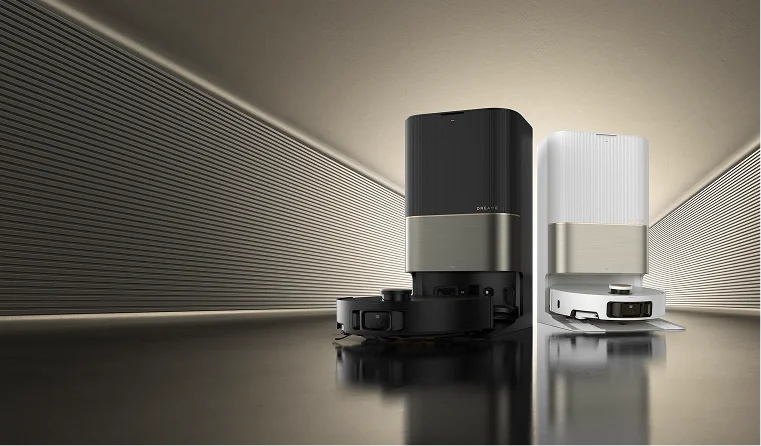
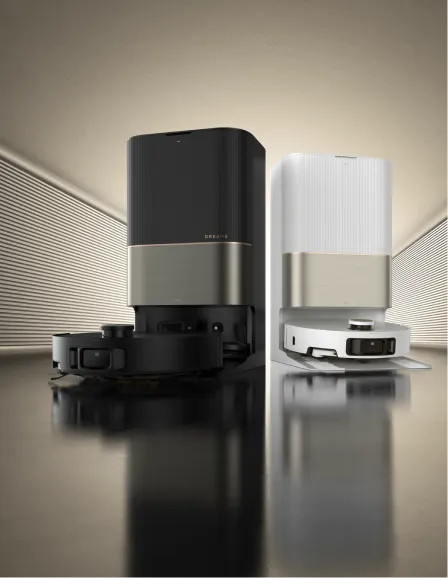

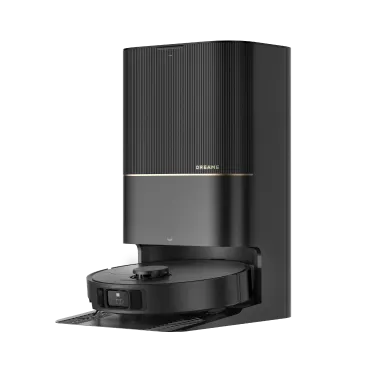
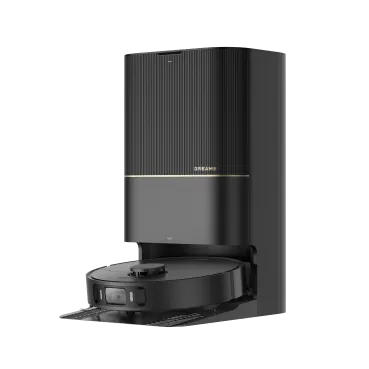
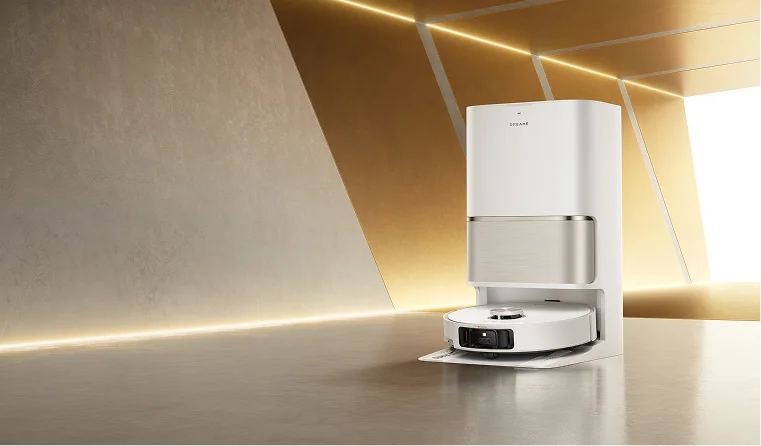
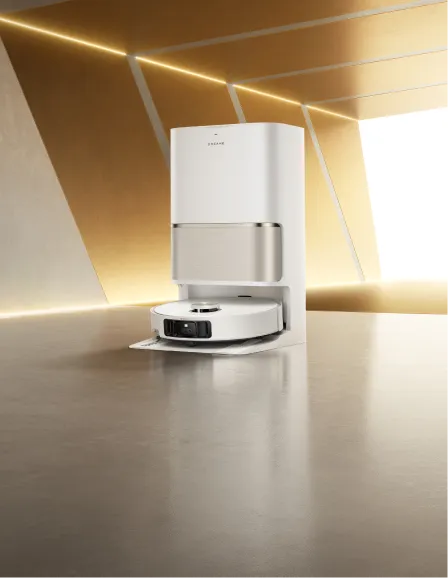
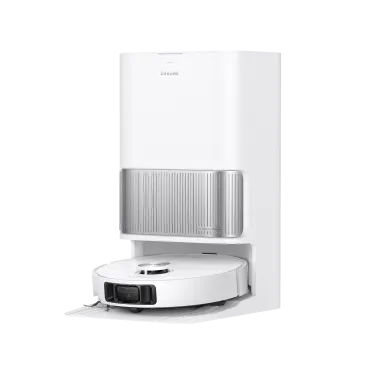
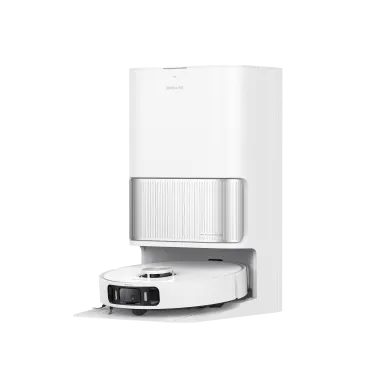
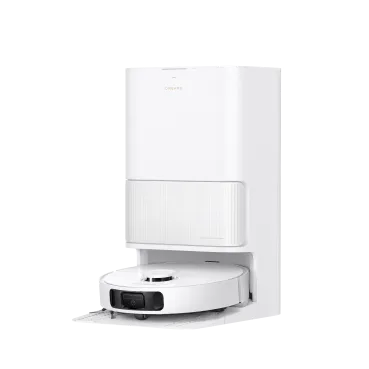
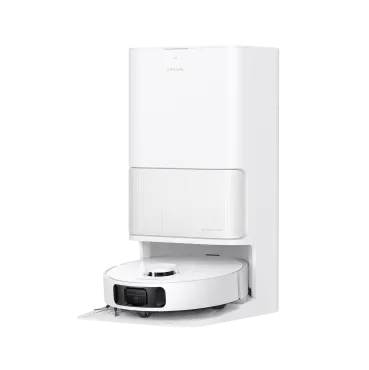
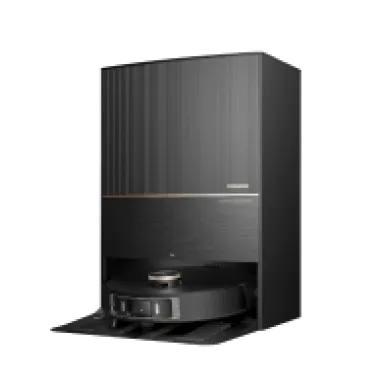

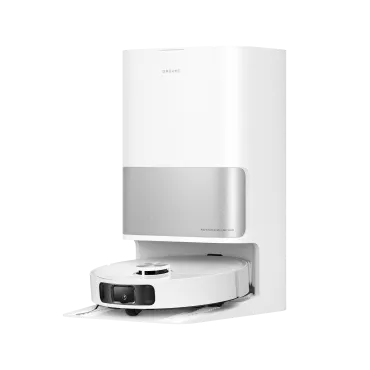
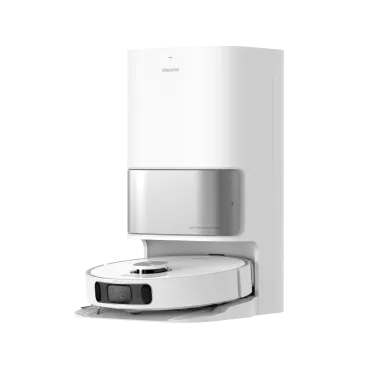
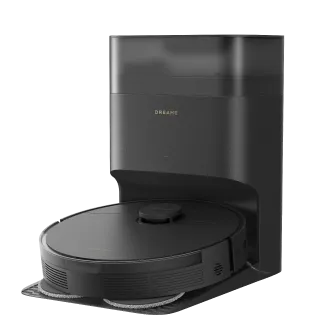
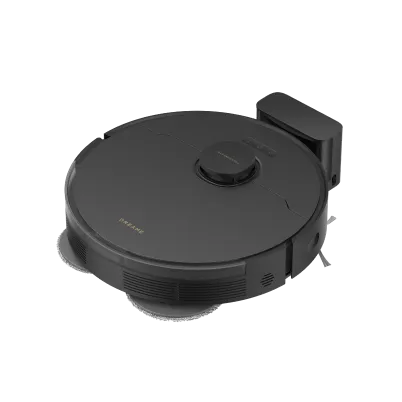
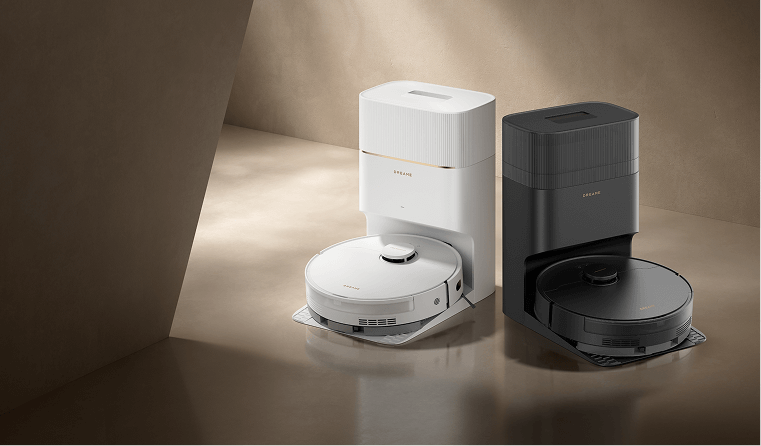
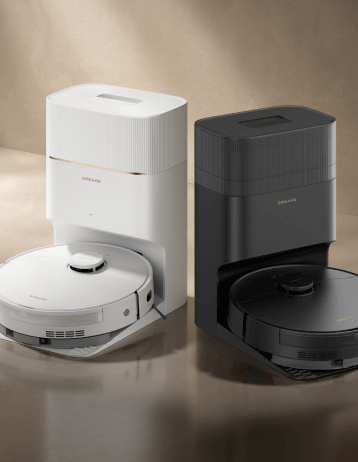
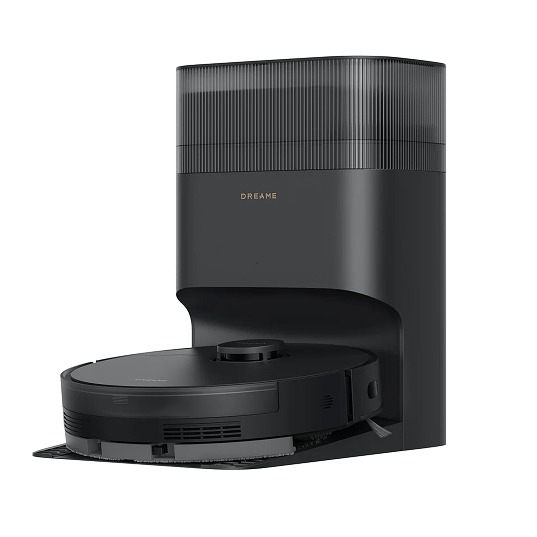




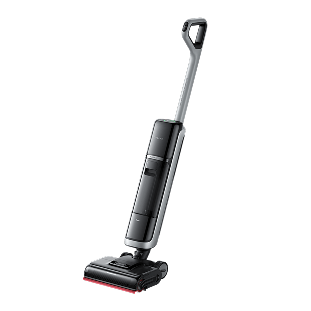
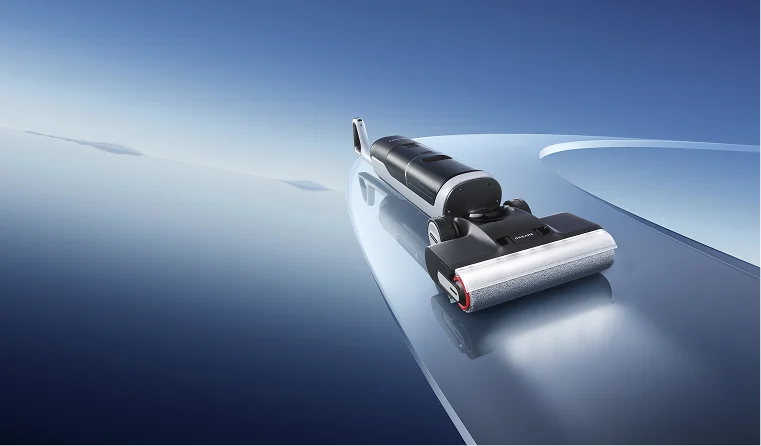
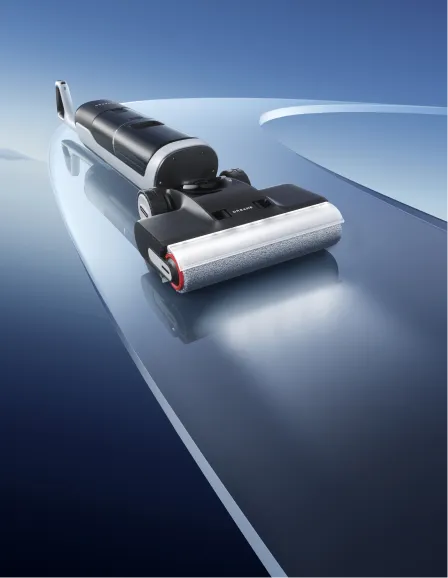
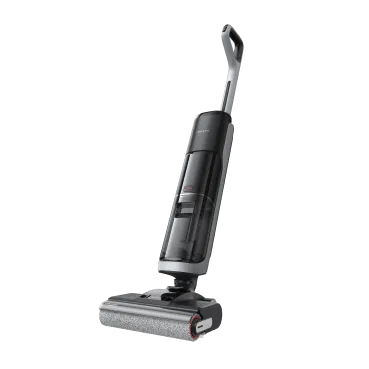
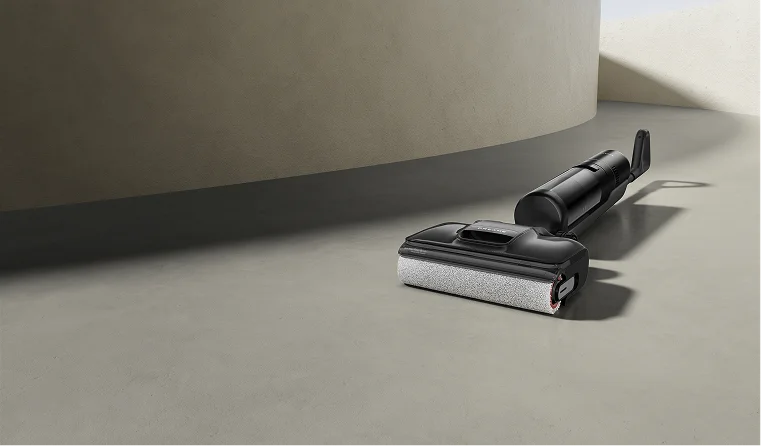
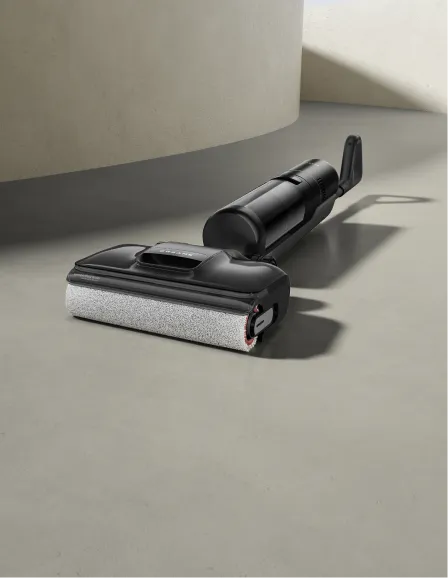
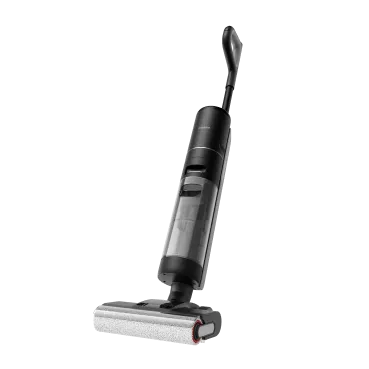
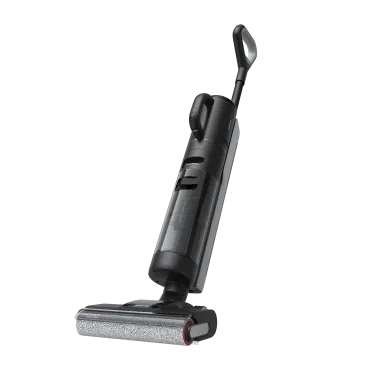
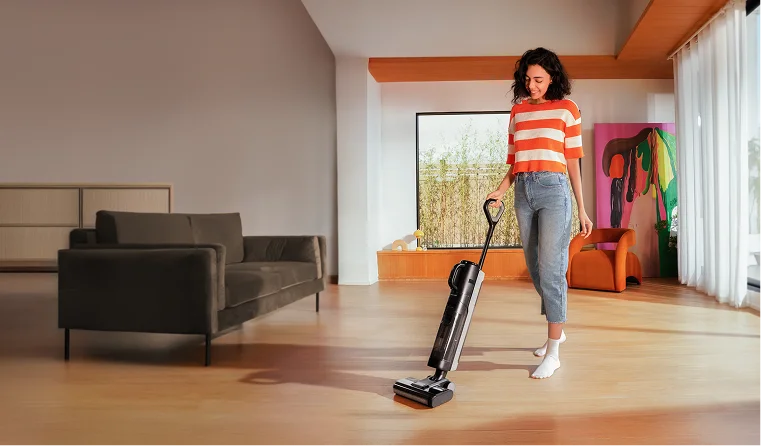
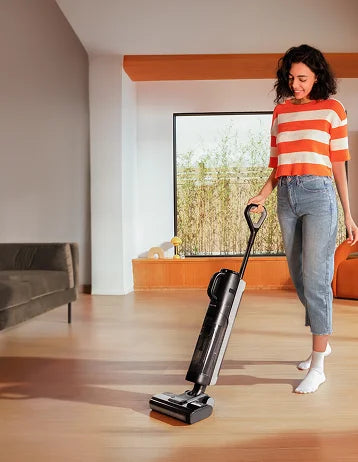
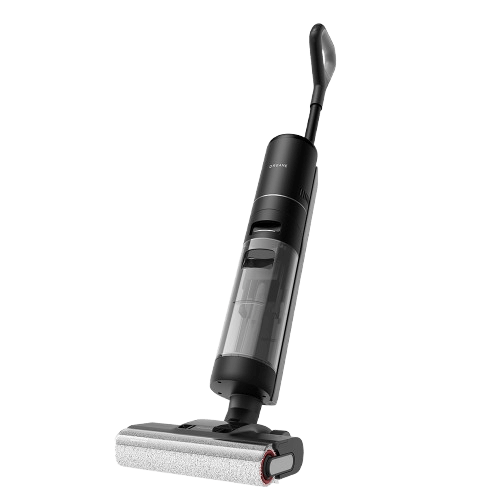
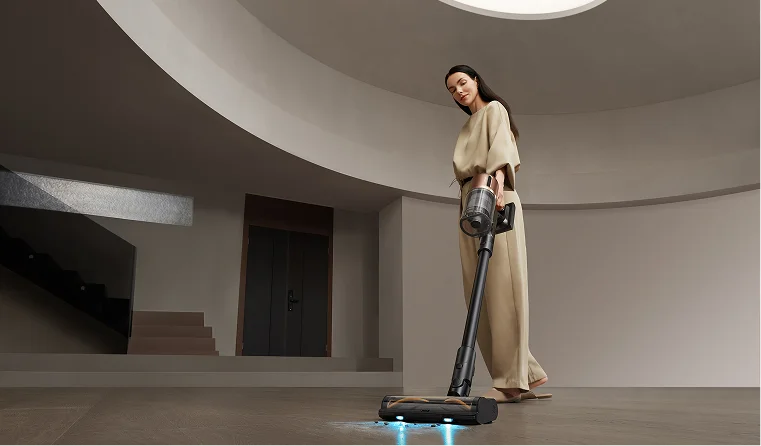
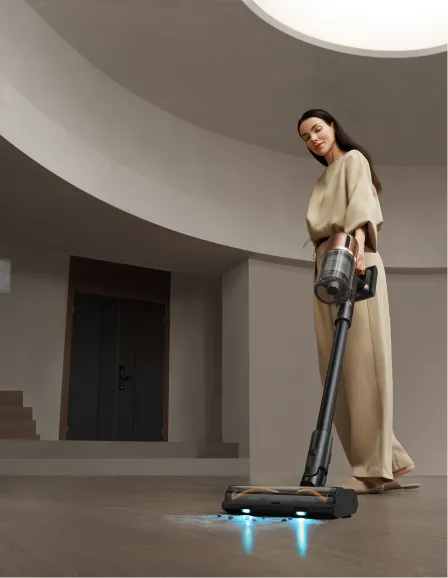

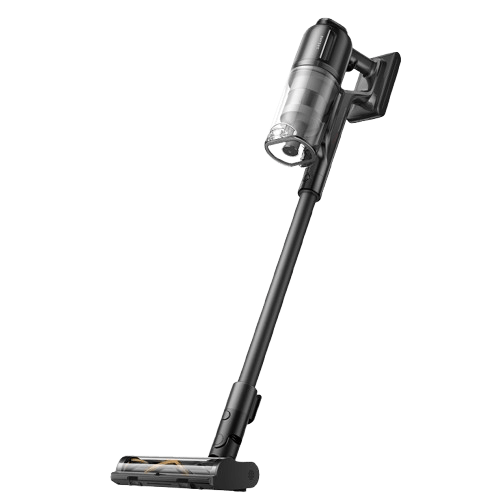

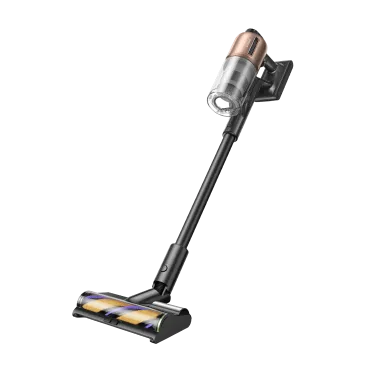
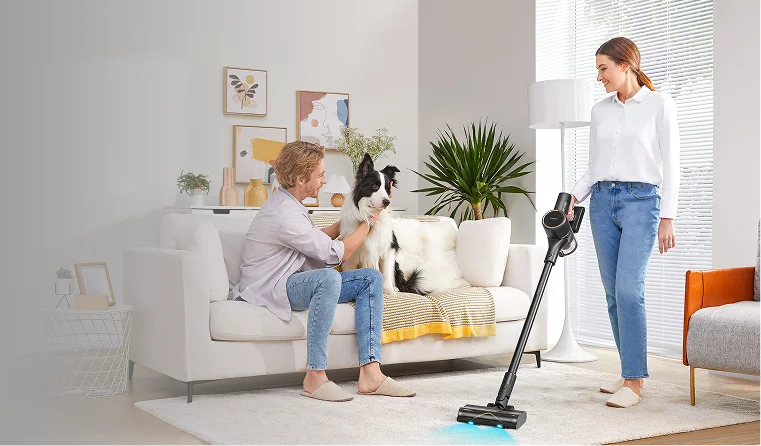
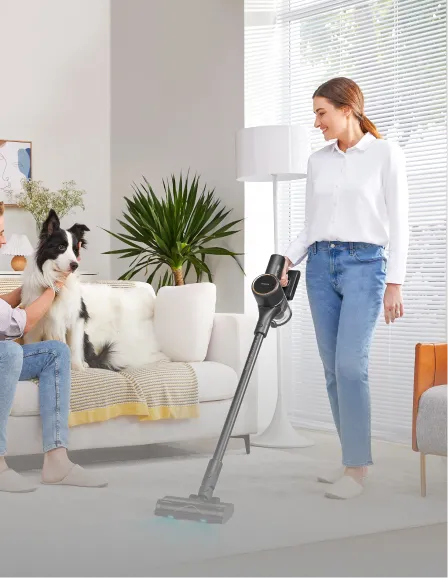
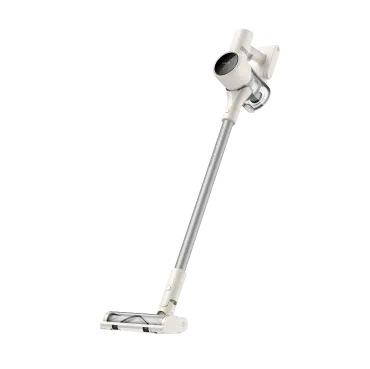
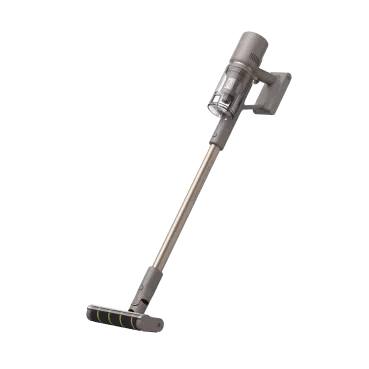
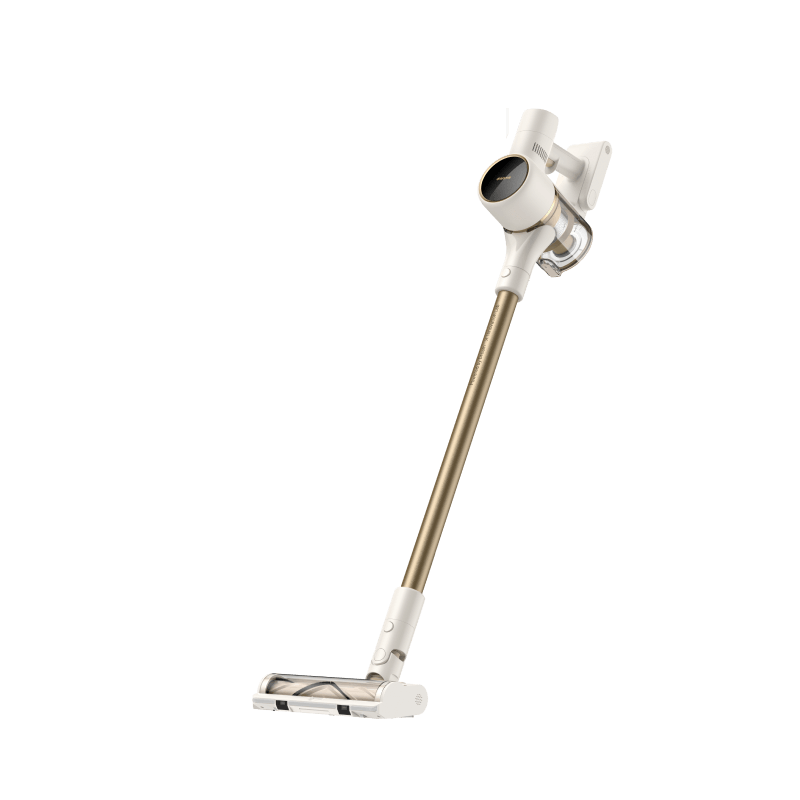
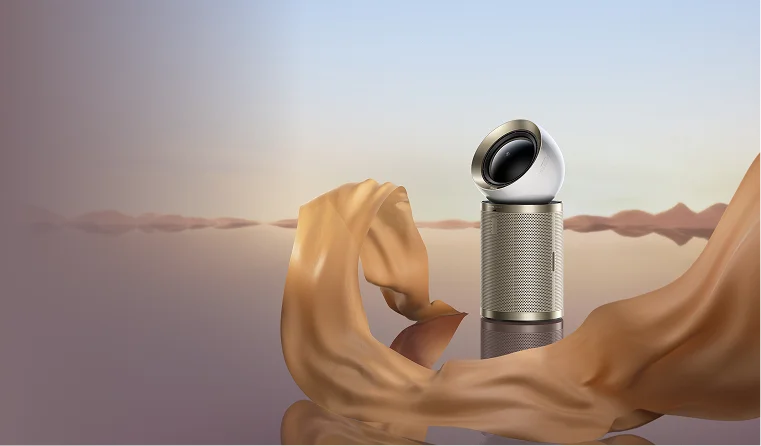
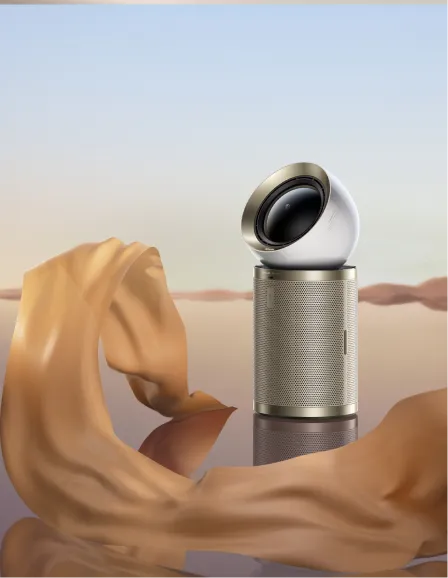
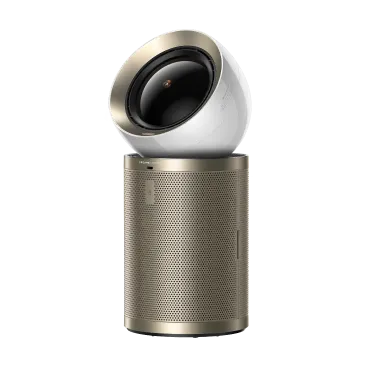

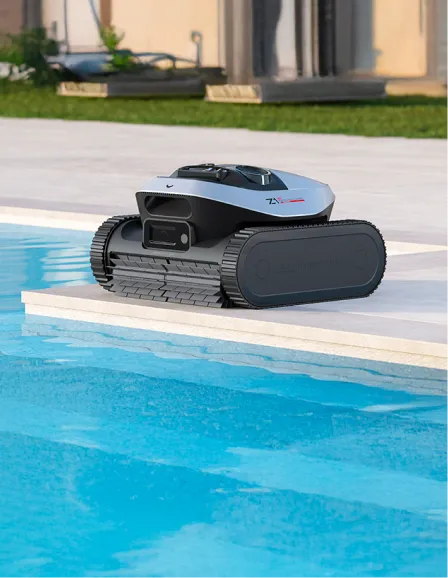
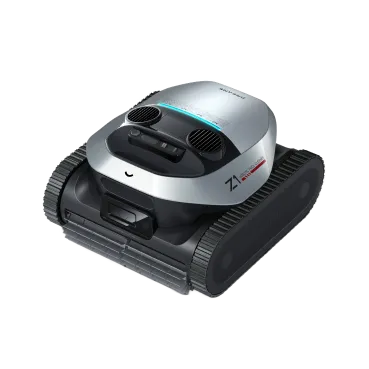
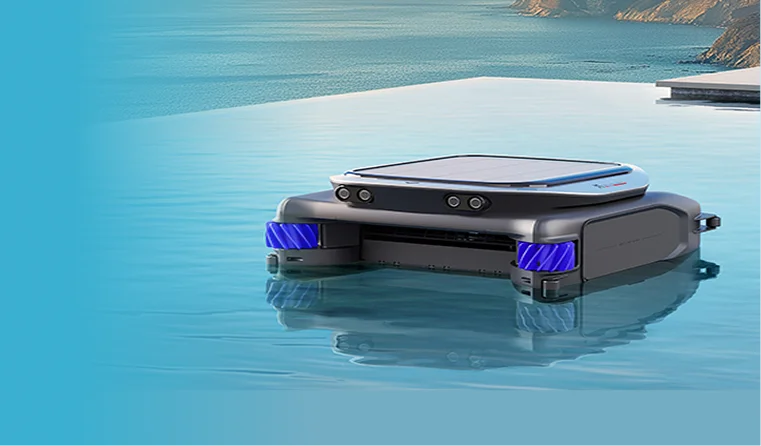

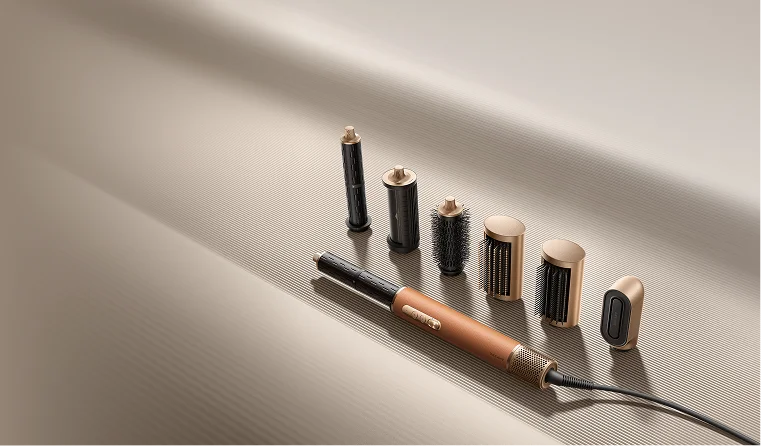

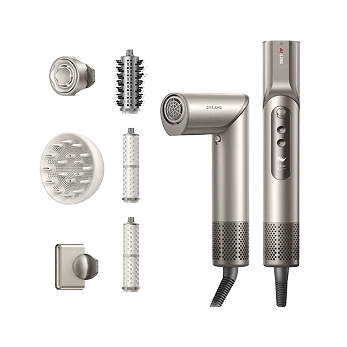



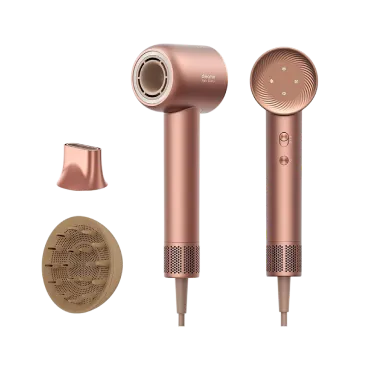

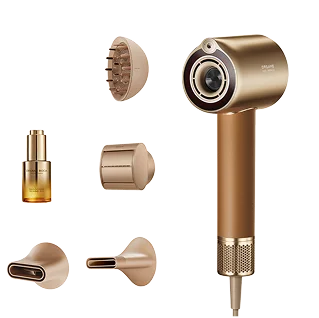












 Australia
Australia 中国大陆
中国大陆 日本
日本


 Türkiye
Türkiye


 Italia
Italia
 Netherlands
Netherlands Belgium
Belgium
 Greece
Greece Polska
Polska
 Norway
Norway
 Sweden
Sweden
 Finland
Finland
 Denmark
Denmark
 Hungary
Hungary Czechia
Czechia
 Slovenia
Slovenia
 Croatia
Croatia
 Switzerland
Switzerland United Kingdom
United Kingdom
 Canada
Canada






